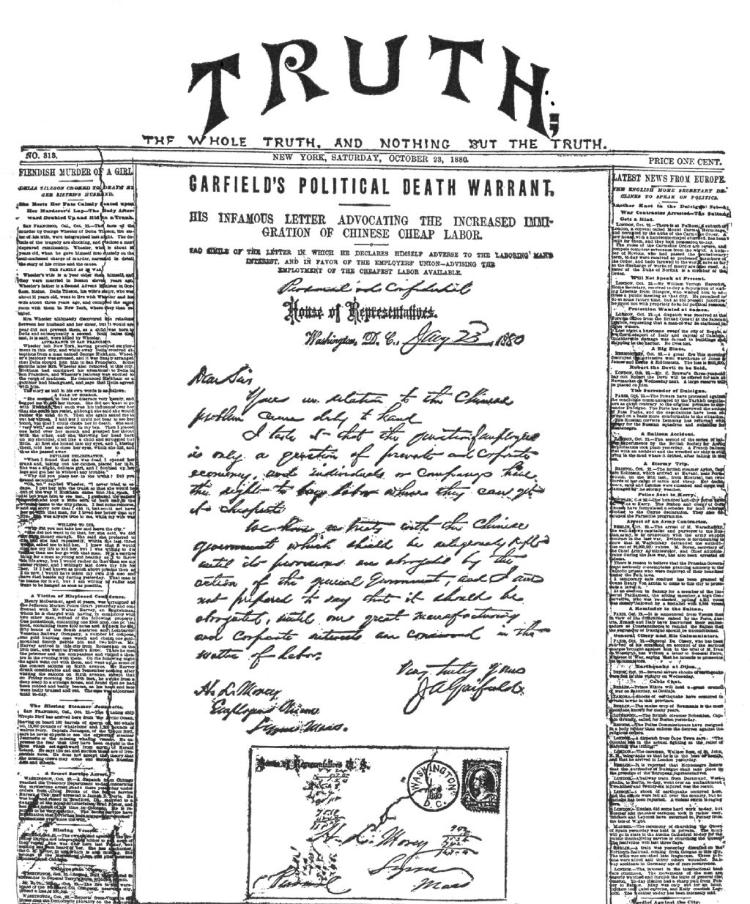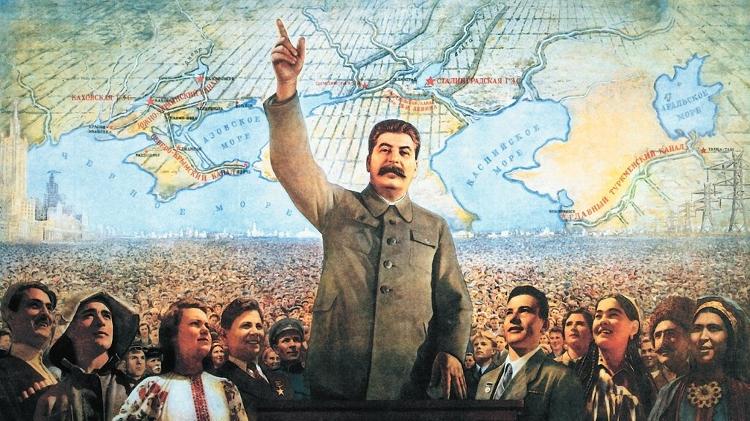From ‘Pizzagate to QAnon’, conspiracy theories may seem like a product of the modern world, widely used by the ubiquitous nature of social media.
On December 4, 2016, Edgar Welch broke into a pizzeria outside Washington, USA and opened fire. The attacker thought he would thus deter a child prostitution gang allegedly linked to then-Democratic presidential candidate Hillary Clinton, one of many fake news circulating at the time to influence his campaign.
- How to spot a conspiracy theory
- Why are conspiracy theories so popular?
‘Pizzagate’ shows that one wrong click can lead you into the mindless digital maze of conspiracy theories – but this is certainly not a phenomenon unique to our time.
“Conspiracies have existed since humans have existed. It’s a way of explaining the inexplicable,” says Kamy Akhavan, executive director of the Center for the Political Future at the University of Southern California (USC).
So can looking to the past help us understand the present?
“When I first started learning about QAnon (the conspiracy theory of former US President Donald Trump waging a covert war against pedophiles and the ‘Deep State’), I was stunned because in practice it seemed like they got everything from one place. Center for the Pre-Modern World at the same university. says director Jay Rubenstein.
“I didn’t set out to research conspiracy theories, but I think I should start thinking about them in the context of the last few years because I realized that they can really affect the way the world works,” he adds.
in a few words
“A conspiracy theory is the idea that a nefarious group is conspiring for a malicious purpose,” sums up Anni Sternisko, a PhD student in the New York University School of Social Psychology in the US.
Conspiracy theories cover everything from subliminal messages in commercials to the moon landing.
But there is something that unites them…
“Simple narrative. There must be a villain who hides, doing all the evil unseen. There are the victims, the oppressed, the poor, and he deserves our sympathy. Then there is the hero who will come and go. unmask the villain,” explains Stanford University in the USA. Dan Edelstein, professor of French and History at
The greatest villain in the Middle Ages was the devil himself.
“The conspiracy theory that really started it all in the Middle Ages was antisemitism,” Rubenstein says.
“The belief was that the Jews planned to reclaim the Holy Land with the devil through an agreement that they would sacrifice a Christian child at Passover each year until the devil returns Jerusalem to them.”
“Once this idea took root, it almost became a habit to develop conspiratorial beliefs about how the world works.”
Expert
But there was one person who was more perfect than anyone else in this art.
“The greatest and most intense conspiracy theorist of the Middle Ages was King Philip the Righteous, or Philip IV of France (1268-1314),” says Rubenstein.
“The conspiracy he was most associated with was that of the Knights Templar, an order based in Jerusalem.”
“Their basic philosophy was that they would live like monks but fight like warriors. They would give up property and family and live together in a community.”
“The Templars made a lot of money. They collected donations, they built churches all over Europe, they were so successful they managed to manage the bank accounts of the kings of France.”
“But in 1307 Philip the Beautiful decided he needed to get rid of them, and he did so by creating his own conspiracy theory. He said they were involved in scandalous practices: sodomy, pederasty, Satan worship, and witchcraft.”
“He sent guards all over France and arrested all the Templars overnight.”
“One of the most successful conspiracies of all time and the most successful of the Middle Ages.”
truth and lies
The Middle Ages ended, but the practice of using this all-purpose weapon continued.
“Whenever there is political or social unrest, there is an increase in conspiracy theories,” says author Sara Gorman, who specializes in disinformation and denial.
“Throughout history, conspiracy theories have had similar elements and are often related to something that is happening right now that is difficult to explain or rather vague, and you are trying to find an explanation.”
Distinguishing between real news and fake news requires knowledge, and this was sometimes difficult to obtain.
“When talking about a historical event from the early modern or premodern era, it’s important to keep in mind that knowledge is always scarce,” says Edelstein.
“Many times people didn’t know what was going on. Often times, they couldn’t tell if something was true or if it was just another rumor.”
“So I think conspiracy theories are more likely to emerge, especially in these environments where information is scarce and you have little way to decide which information you can trust.”
improvement
One of those moments was the French Revolution.
“They were everywhere back then,” says the Stanford professor.
“One of the most important groups during the French Revolution were the Jacobins, a club that emerged in Paris in 1789 at the beginning of the revolution.”
“In 1792 it came to be seen as one of the most radical wings of the French revolutionaries and was very well represented in politics.”
“They were the ones who usually called for purges to dismiss members of the Assembly.”
The Jacobins, like other revolutionaries of the time, resorted to conspiracy theories that tied their opponents to foreign governments and money and known counter-revolutionaries.
“They used this technique and perfected the strategy of legitimizing their opponents.”
“One of the areas where the French Revolution was important is because that’s when you really start to see the modern genre of conspiracy theory emerge.”
Contemporary conspiracy theories
“There is an implicit feeling that elites are corrupt. They do not reflect people’s true feelings and are even actively working against the interests of the people,” explains Edelstein.
“And charismatic leaders are often the ones who know best how to capitalize on this narrative.”
“When (Soviet leader Joseph) Stalin justified the failure of his attempt to nationalize grain in Ukraine, which led to a terrible famine that killed 3 million people, he simply called it an act of sabotage and blamed the Trotskyists.”
“It was easier for many in the Russian political power and ordinary people to believe because it came from Stalin.”
“There’s definitely something about who spread the conspiracy that contributed to their success,” he concludes.
“People who develop conspiracy theories are great storytellers,” says Rubenstein. “They’re great at telling stories and gathering information in ways you’ve never seen and never thought of on your own.”
“And in doing so, it feels like they’re leaving you in a hidden world.”
The history and occult world of conspiracy theories included child sacrifices, the Knights Templar, and corrupt clubs.
We have added pizzerias in the 21st century to this list.
This text was first https://www.bbc.com/portuguese/internacional-62295739
- This report was based on a video. BBC Real website ? watch the original video here (in English).
Did you know that the BBC is also on Telegram? subscribe to the channel.
Have you watched our new videos on YouTube?? Subscribe to our channel!
source: Noticias
[author_name]




